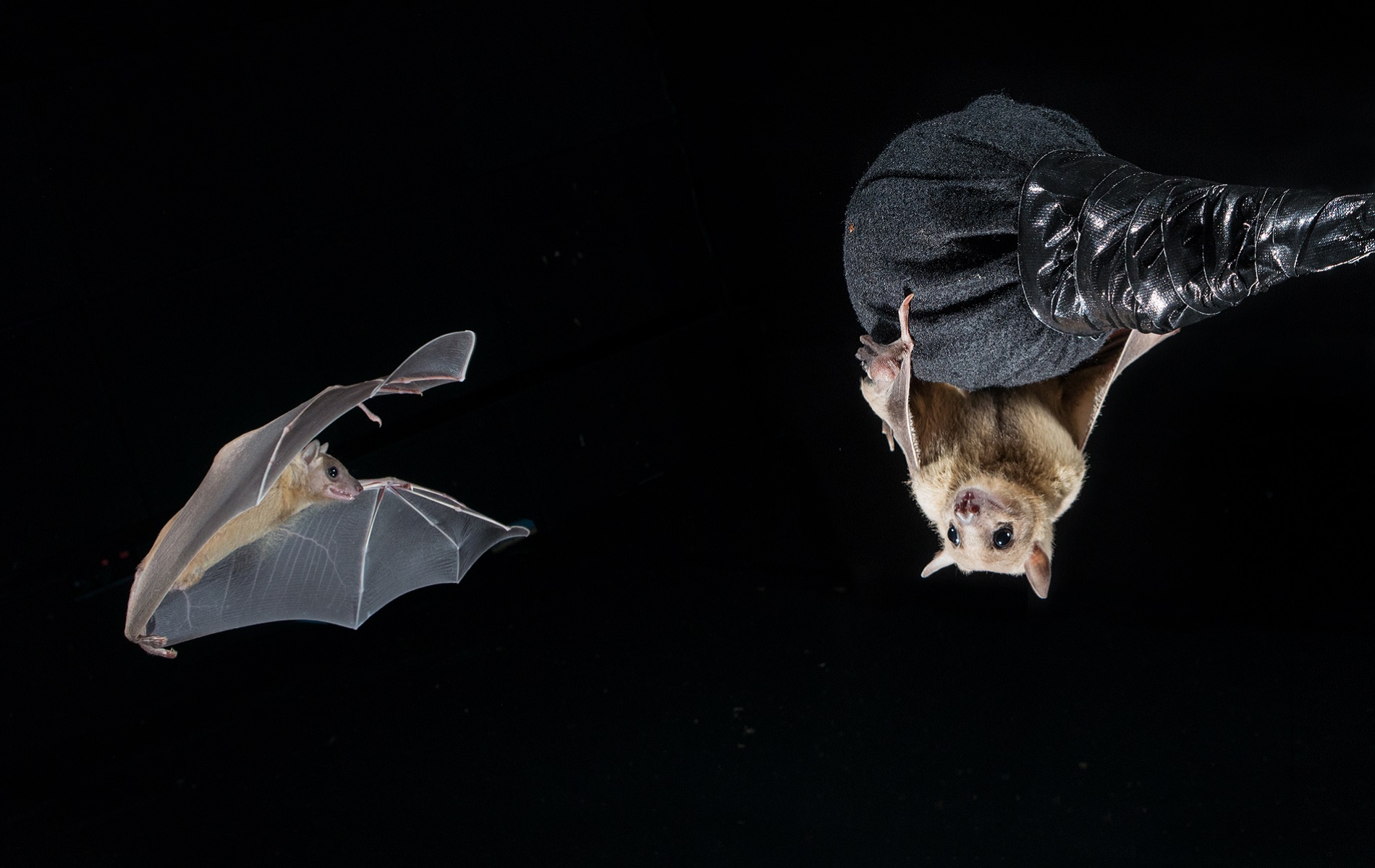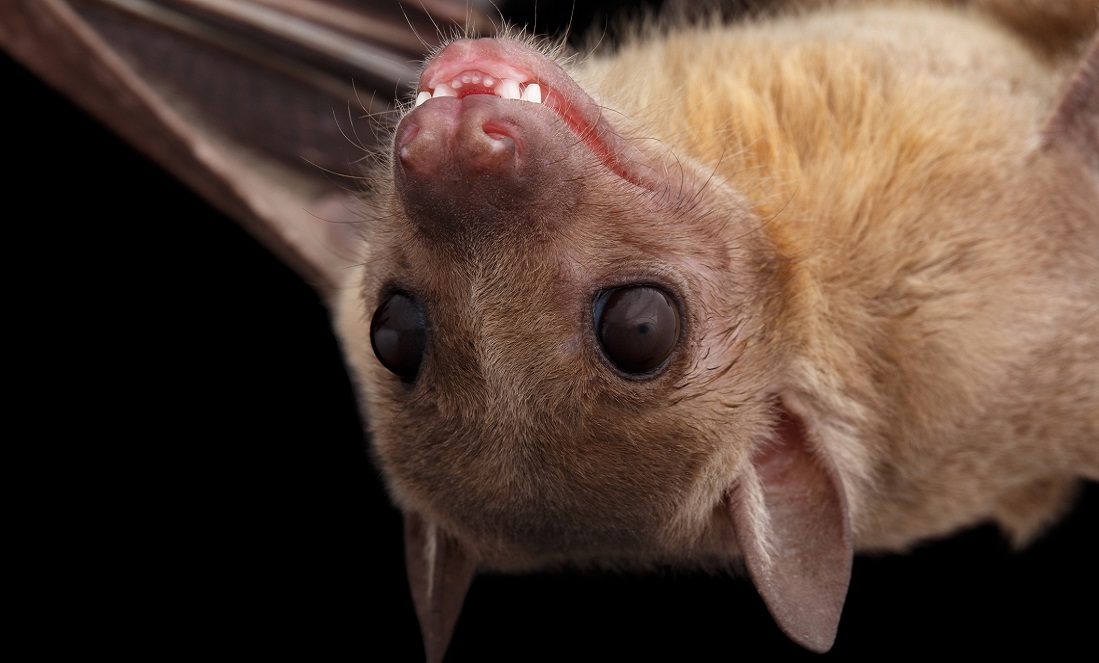Imagine you’re in your office making a cup of coffee. Wally from Accounts walks in, and you groan. Wally is a weirdo, and he’s coming over to chat.
Don’t feel bad for immediately noticing Wally and being annoyed. You’re not being mean. You’re just using a nifty trick that mammals—and especially humans—have evolved to build social groups and civilisations. I’m talking about cognitive social mapping or the ability to keep track of the physical location of people in our social circles.
Thanks to a new study from Professor Nachum Ulanovsky of the Weizmann Institute of Science in Israel, we’re a step closer to understanding the science behind this ability. The study involved Nachum and his team measuring the brain activity of Egyptian fruit bats when paired with alpha males.
NA NA NA NA NA … EGYPTIAN FRUIT BATS!
“Bats, like humans, are social animals,” says Nachum. “They are supreme navigators, and they are very aware of where other bats are in their spatial environment.”

While scientists have known for decades about brain cells that allow us to track physical objects (like a cricket ball flying towards our head), the understanding of the social mapping aspect is new. Humans use this ability every day, whether we’re playing a team sport or walking through the park. We’re constantly aware of the positions of others in our social group and where they are heading.
“It’s fascinating trying to understand how this social behaviour works on a cellular level.”
BATS ON THE BRAIN
So, why bats? The neurons (also called place cells) responsible for this ability are found in the hippocampus, an ancient structure in the mammalian brain.
“A bat’s hippocampus is very similar to a human’s. The hippocampus is very important for things like spatial and social memory.”
“Bats are also very social mammals, always aware of the whereabouts of their peers. For example, they know where the alpha males or subordinate bats are and where the males are versus the females. This social ability is valuable when studying the neural basis of an animal’s social cognition.”
Another animal that has a remarkably human-like hippocampus is the humble echidna. Unfortunately, though, echidnas aren’t that suited to studies of brain function because they aren’t as easy to work with. Sorry little guy.

Echidnas have a similar hippocampus to humans. But they aren't easy to work with so scientists research Egyptian fruit bats instead.
THE EXPERIMENT
In order to learn about bats’ ability to create cognitive social maps, Nachum and his team devised an experiment that paired a bat with an alpha male in a student and teacher relationship. The student bat was made to observe the teacher fly to and from a fruit stand.
“We saw nearly 400 brain cells in the student’s hippocampus become active when the teacher bat was in flight. The activation of these cells occurred when the teacher was at a particular location in space. Thus, these brain cells represent the spatial position of the other bat.”
“These are the cells responsible for registering spatial awareness of those in our social circles.”
Nachum and his team also conducted an experiment that measured the bats’ brain activity when plastic objects were moved through the air. While the bat was able to keep track of the physical location of these objects, the social place cells were not active or responded very differently to the objects compared to the live bat.

OTHER ANIMALS
By understanding how mammals create cognitive social maps, we’re closer to understanding how humans evolved as a social species. It’s likely this ability to create complex social maps is what gave humans the mental tools to create large societies.
What’s not yet known is how these place cells are used in other relationships, such as the relationship between predator and prey. We also don’t know how non-mammals like insects (which don’t have a hippocampus) are able to live in social societies like colonies.
“This study is the first of many steps we need to take towards understanding our amazing social abilities, which we often take for granted.”
If Nachum and his team are interested in mixing it up a little, I’m sure the echidnas of Australia would be more than happy to help.









